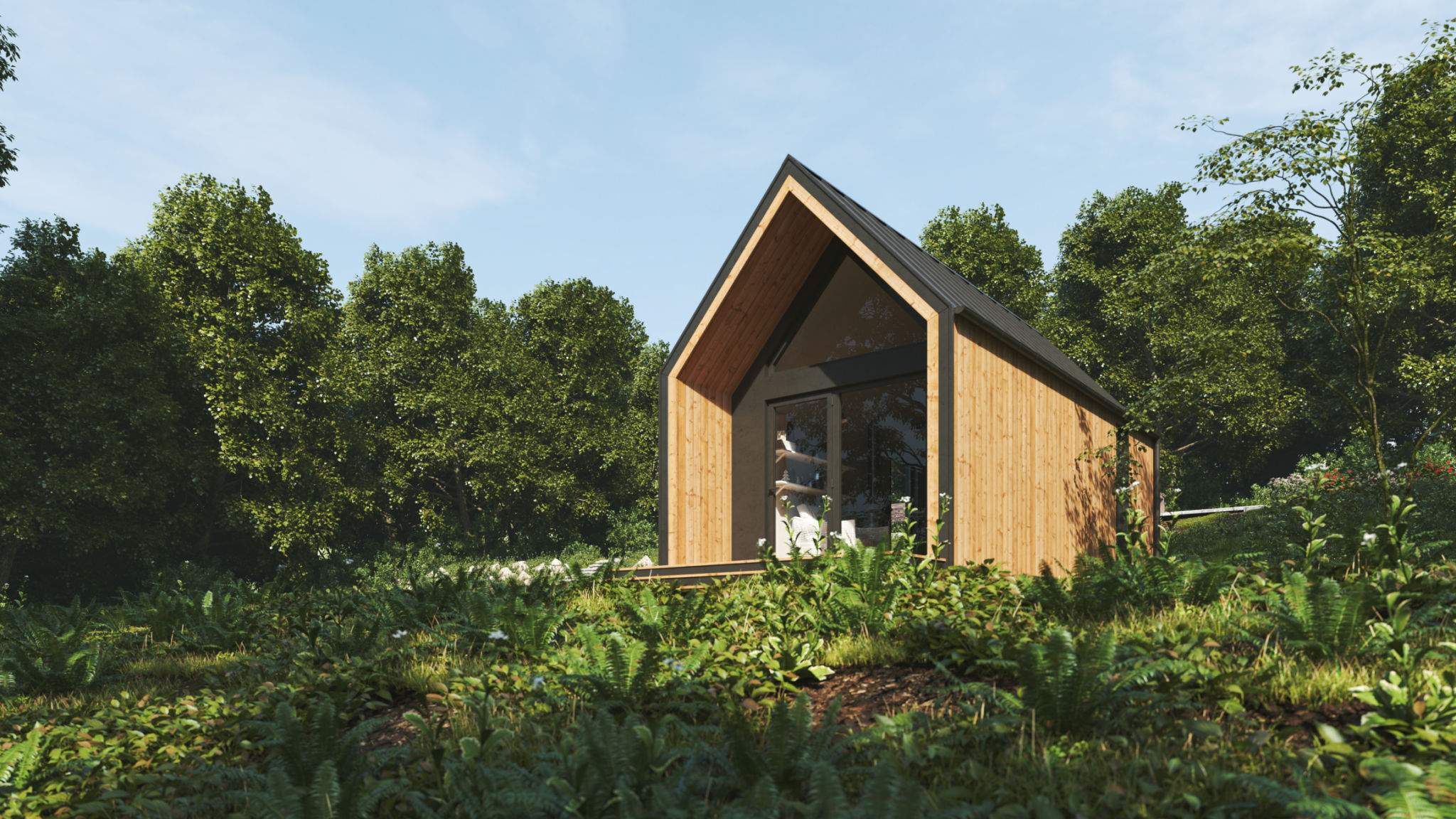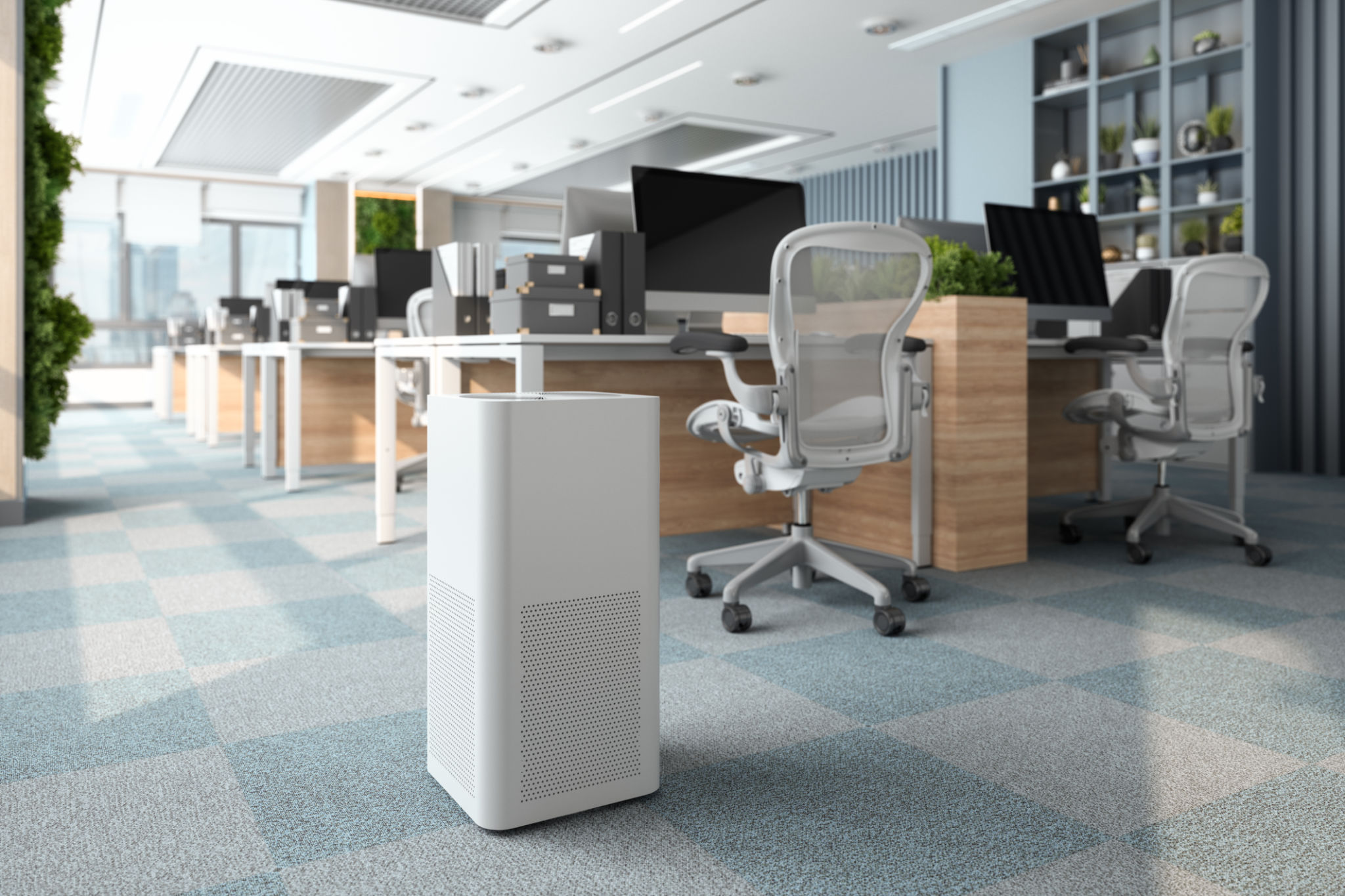Eco-Friendly Design: Sustainable Practices for Cook County Homes
The Rise of Eco-Friendly Design
As awareness of environmental issues grows, more homeowners in Cook County are embracing eco-friendly design. Sustainable practices not only reduce environmental impact but also enhance the comfort and efficiency of your home. By incorporating green principles into your design, you can contribute to a healthier planet while also enjoying long-term savings.
Eco-friendly design involves using materials and practices that are sustainable, non-toxic, and energy-efficient. This approach helps minimize waste and resource consumption, providing a more sustainable living environment.

Choosing Sustainable Materials
One of the fundamental aspects of eco-friendly design is the selection of sustainable materials. These materials are typically sourced responsibly and have a lower environmental footprint compared to traditional options. When remodeling or building a new home in Cook County, consider using:
- Bamboo: A fast-growing, renewable resource that is excellent for flooring and furniture.
- Recycled Steel: Highly durable and reduces the need for new steel production.
- Reclaimed Wood: Adds character to your home while reducing deforestation.
These materials not only contribute to sustainability but also bring unique aesthetics to your home.
Energy Efficiency Matters
Another critical component of eco-friendly design is improving energy efficiency. By making your home more energy-efficient, you can significantly reduce your utility bills and carbon footprint. Start by:
- Installing high-performance windows to reduce heat loss.
- Utilizing LED lighting, which consumes less energy and lasts longer than traditional bulbs.
- Incorporating smart home technology to optimize energy usage.

Water Conservation Techniques
Water conservation is another essential aspect of eco-friendly design. In Cook County, where water resources can become stressed, implementing water-saving features is crucial. Consider the following strategies:
- Low-flow fixtures: Install low-flow faucets, showerheads, and toilets to reduce water usage without sacrificing performance.
- Rainwater harvesting: Collect rainwater for irrigation and non-potable uses.
- Native landscaping: Use drought-resistant plants that require less water and maintenance.
These practices not only conserve water but also lower utility costs and support local ecosystems.
Indoor Air Quality
Ensuring excellent indoor air quality is a crucial part of eco-friendly home design. Poor air quality can have adverse health effects, so it's important to choose materials and systems that support a healthy indoor environment. Opt for:
- Low-VOC paints and finishes: These products release fewer harmful chemicals into the air.
- Proper ventilation systems: Ensure adequate airflow throughout your home to reduce indoor pollutants.
- Natural cleaning products: Minimize the use of harsh chemicals that can degrade air quality.

The Financial Benefits of Sustainable Design
While some eco-friendly upgrades may have an initial cost, the long-term savings are undeniable. Energy-efficient homes typically see lower utility bills, and sustainable materials tend to last longer, reducing the need for frequent replacements. Additionally, eco-friendly homes often have higher resale values as more buyers seek sustainable living options.
Moreover, various incentives and rebates are available for homeowners who implement sustainable practices. These financial benefits make going green not just an ethical choice but a smart investment as well.
Conclusion: Taking the First Steps Toward Sustainability
Adopting eco-friendly design principles in Cook County homes is not just a trend but a movement towards a more sustainable future. By choosing sustainable materials, improving energy efficiency, conserving water, and enhancing indoor air quality, homeowners can make significant contributions to environmental preservation while enjoying numerous personal benefits.
If you're considering a home renovation or building project, incorporating these sustainable practices can lead to a more environmentally responsible and cost-effective lifestyle. Start small by making gradual changes, and soon you'll be part of the growing community dedicated to eco-friendly living.
